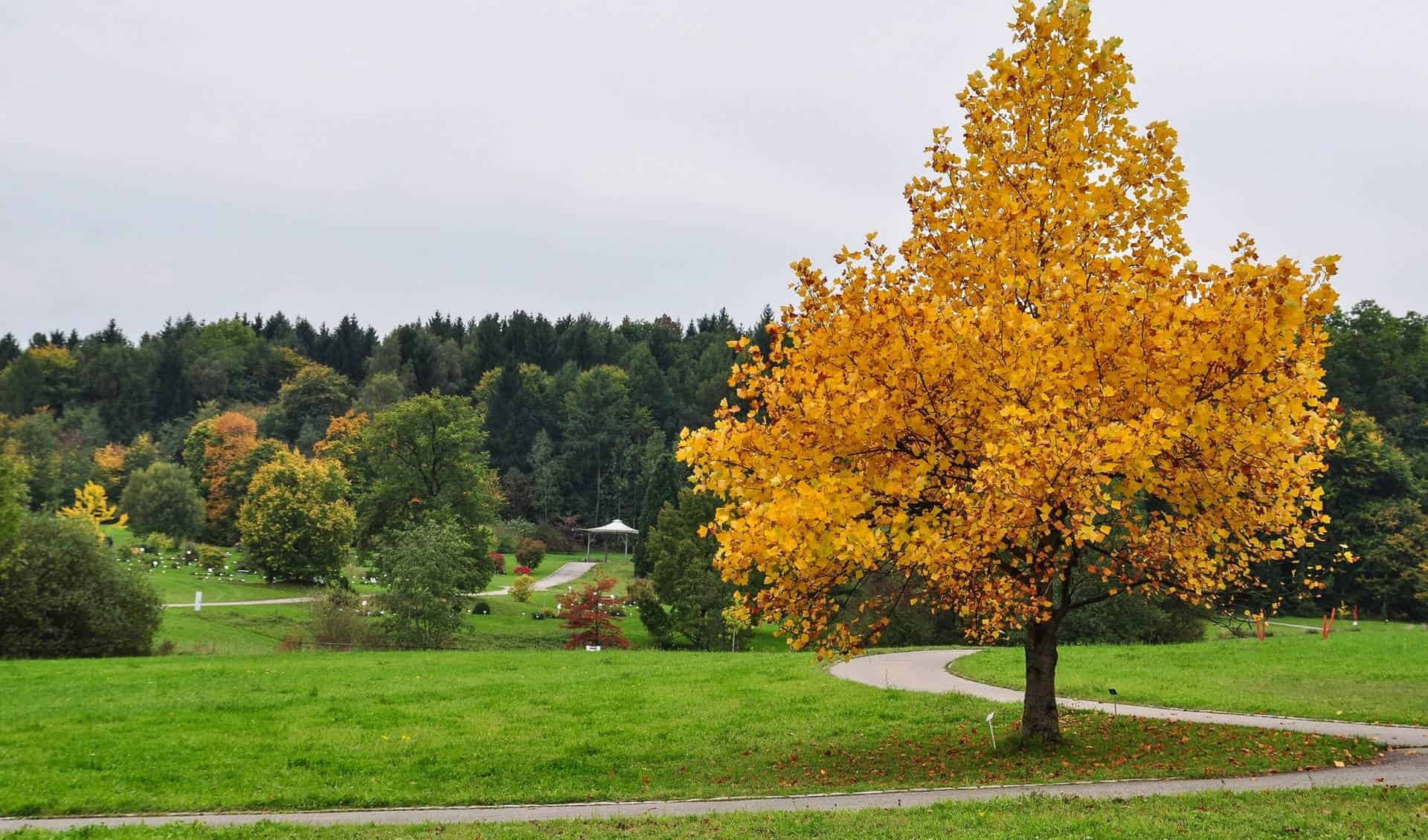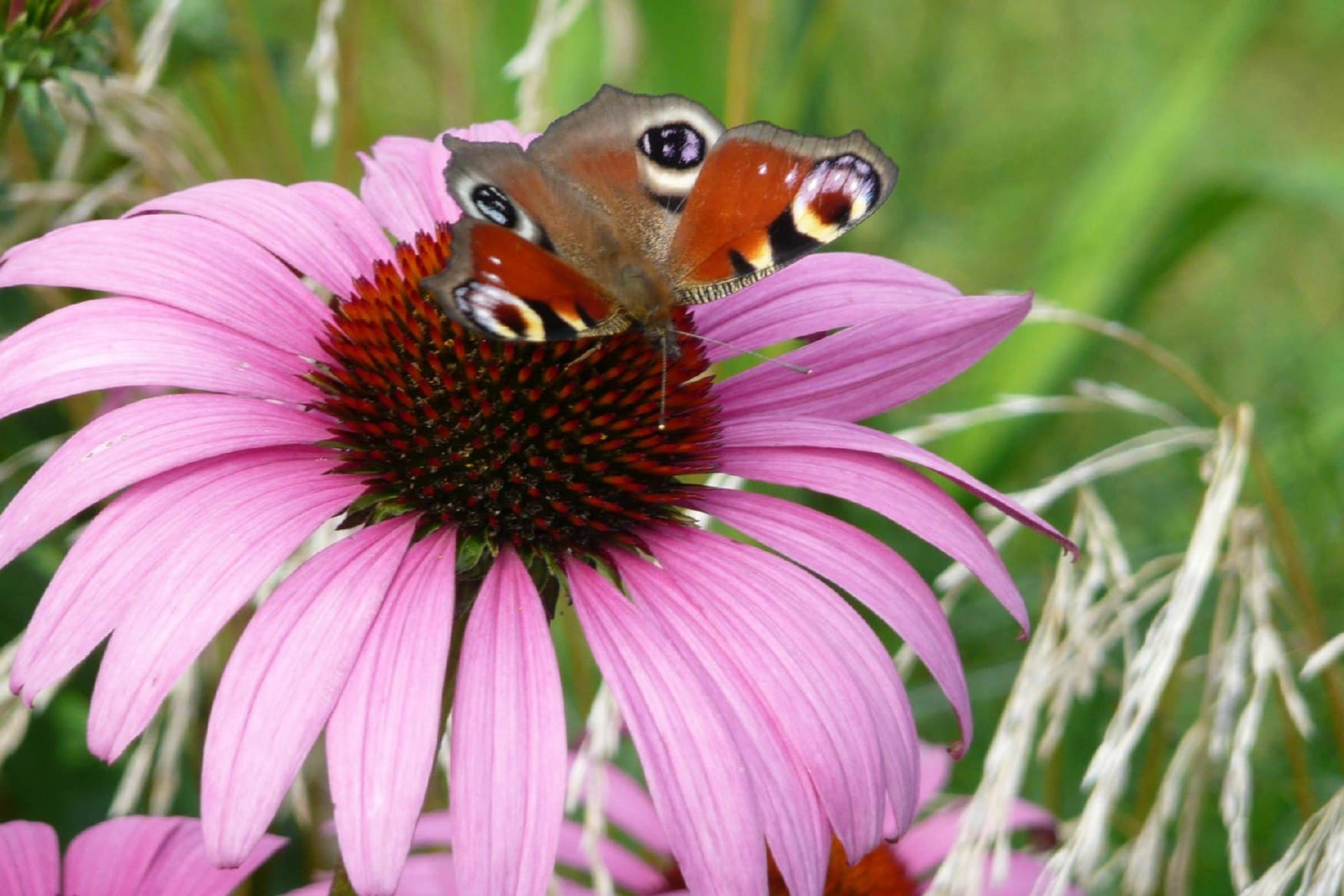The Botanical Garden of the University of Ulm is a vibrant scientific institution that serves as a living laboratory for research, education, and public engagement. This green oasis spans an amazing area in Ulm, Germany, showcasing a diverse collection of plant species worldwide. As a central scientific facility of the University of Ulm, the garden plays a crucial role in botanical research and teaching while offering visitors a captivating journey through various ecosystems.
The Botanical Garden has become an essential destination for nature enthusiasts, families, and researchers with its documented plant collections, interactive educational programs, and stunning displays. This article will explore the garden's rich offerings, from its scientific significance to its family-friendly attractions.
Highlights
- Extensive collection of over 5,000 plant species from diverse habitats
- State-of-the-art greenhouses featuring tropical and subtropical plants
- Interactive Green Classroom for hands-on environmental education
Contents
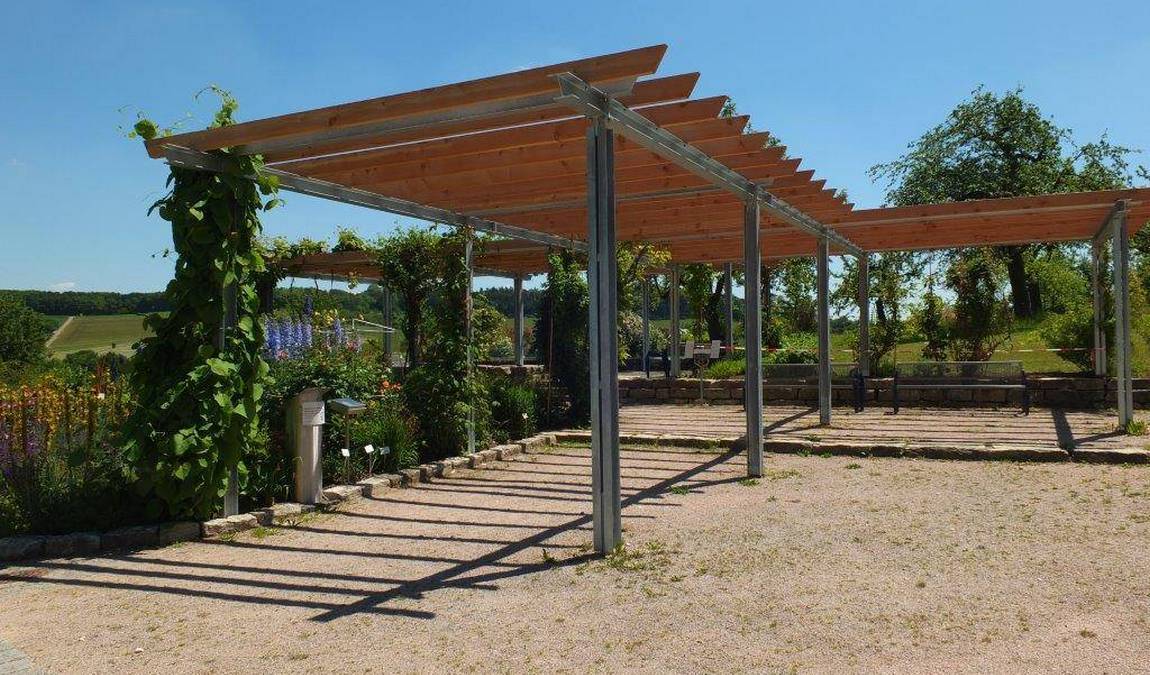 Photo: facebook.com/BotanischerGartenUlm
Photo: facebook.com/BotanischerGartenUlm
Here is Why Your Kids Will Find it Interesting
The Botanical Garden of the University of Ulm is worth visiting with kids because it offers a world of wonder and discovery for young minds. Children aged 5-12 will be particularly captivated by the garden's interactive exhibits and hands-on learning opportunities. The Green Classroom provides exciting lessons in near-natural habitats, allowing kids to explore forests, meadows, and ponds up close.
Young visitors can observe colorful butterflies, learn about plant adaptations, and even participate in fun workshops tailored to their age group. The garden's diverse landscapes and engaging activities make science come alive, sparking curiosity and fostering a love for nature in children.
Family-friendly Features
- Interactive plant discovery stations for hands-on learning
- Family-oriented guided tours with engaging activities
- Picnic areas for outdoor family meals surrounded by nature
History and Purpose
.jpg) Photo: facebook.com/UniUlm
Photo: facebook.com/UniUlm
The Botanical Garden in Ulm was established as an integral part of the university's scientific facilities. Its primary objectives are rooted in research and teaching, serving as a living laboratory for students and researchers. The garden has evolved, expanding its collections and developing specialized areas to support various botanical studies.
The purpose of the garden extends beyond academia:
- Support scientific research in plant biology, ecology, and conservation
- Provide hands-on learning experiences for university students
- Educate the public about plant diversity and environmental issues
- Contribute to global plant conservation efforts
Garden Layout and Features
The Botanical Garden boasts a well-designed layout that showcases plant diversity and creates immersive experiences for visitors.
Outside Area
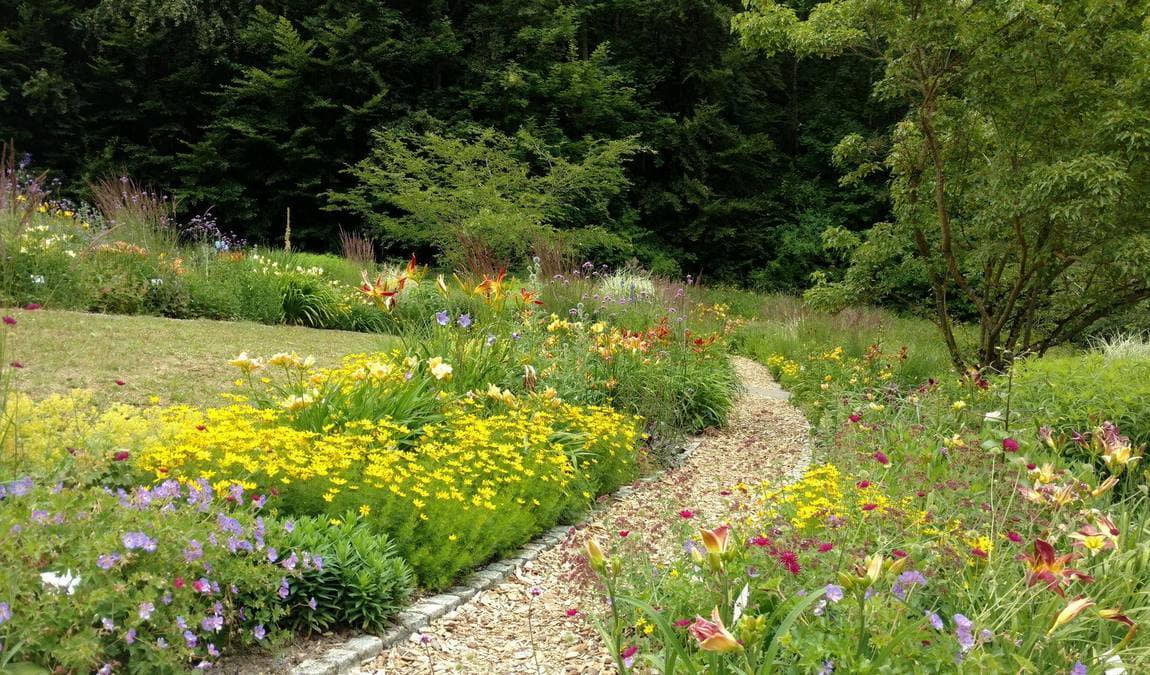 Photo: facebook.com/UniUlm
Photo: facebook.com/UniUlm
The outdoor area is a sprawling landscape that offers visitors a diverse and immersive botanical experience. As guests wander through the grounds, they encounter a variety of themed gardens that showcase different plant groups and ecosystems.
The medicinal plant garden, for instance, displays a wide array of species used in traditional and modern medicine, while the alpine garden recreates the rugged beauty of mountain flora. Native plant communities thrive in carefully curated sections, allowing visitors to appreciate the local biodiversity. A serene pond ecosystem adds water to the garden, supporting aquatic plants and attracting wildlife. The lush fern valley provides a cool, shaded retreat where visitors can admire the intricate fronds of these ancient plants.
The apothecary garden, which adds historical context to the botanical displays, features plants used for centuries in herbal remedies and traditional healing practices. This thoughtfully designed outdoor area educates visitors about plant diversity and creates a tranquil environment for exploration and reflection.
Greenhouses
 Photo: facebook.com/UniUlm
Photo: facebook.com/UniUlm
The garden's greenhouses are home to exotic and tropical plants:
- Tropical house with rainforest species
- Succulent and cacti collection
- Orchid display
- Aquatic plant exhibits
Documented Plant Collections
The garden maintains extensive scientific collections:
- Herbarium with preserved plant specimens
- Seed bank for conservation and research
- Living collections of rare and endangered species
Educational Programs and Activities
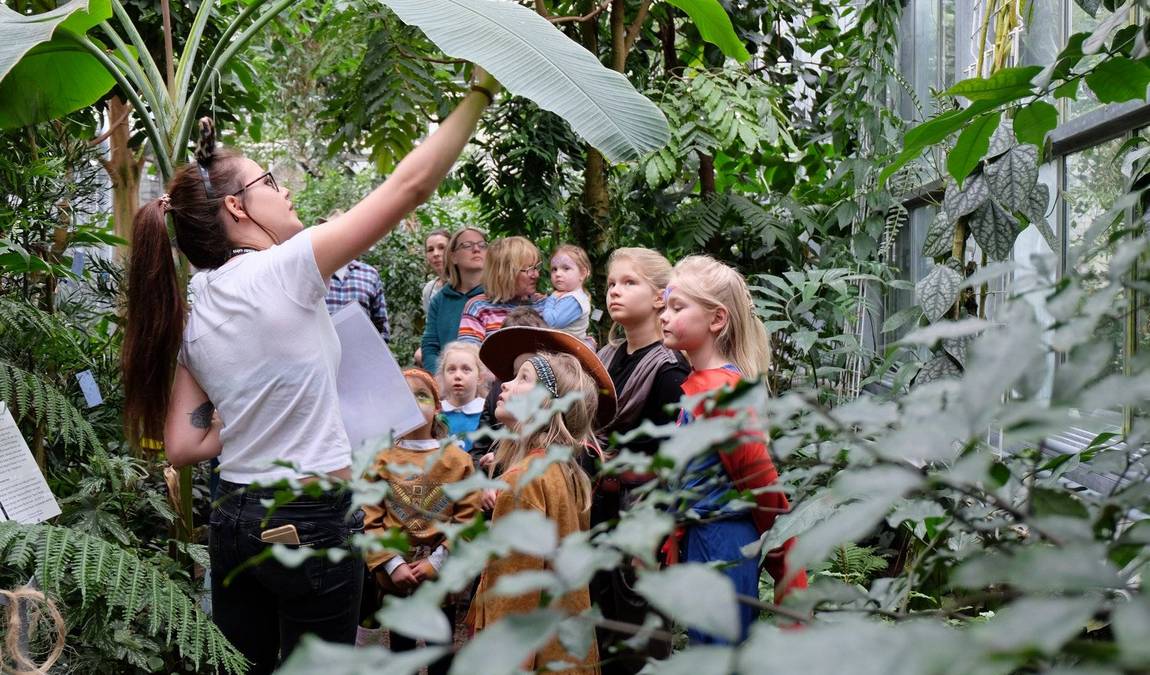 Photo: facebook.com/UniUlm
Photo: facebook.com/UniUlm
The Botanical Garden offers a range of educational initiatives:
Green Classroom
- Interactive lessons for children and young adults
- Hands-on activities in natural habitats (forest, meadow, pond)
- Age-appropriate workshops on plant biology and ecology
Guided Tours and Workshops
- Expert-led tours of the greenhouses and outdoor areas
- Specialized workshops on topics like plant identification and gardening
- Seasonal events highlighting different aspects of the garden
Environmental Education Initiatives
- School programs aligned with curriculum standards
- Public lectures on botanical research and conservation
- Citizen science projects engage the community in data collection
Special Collections and Exhibits
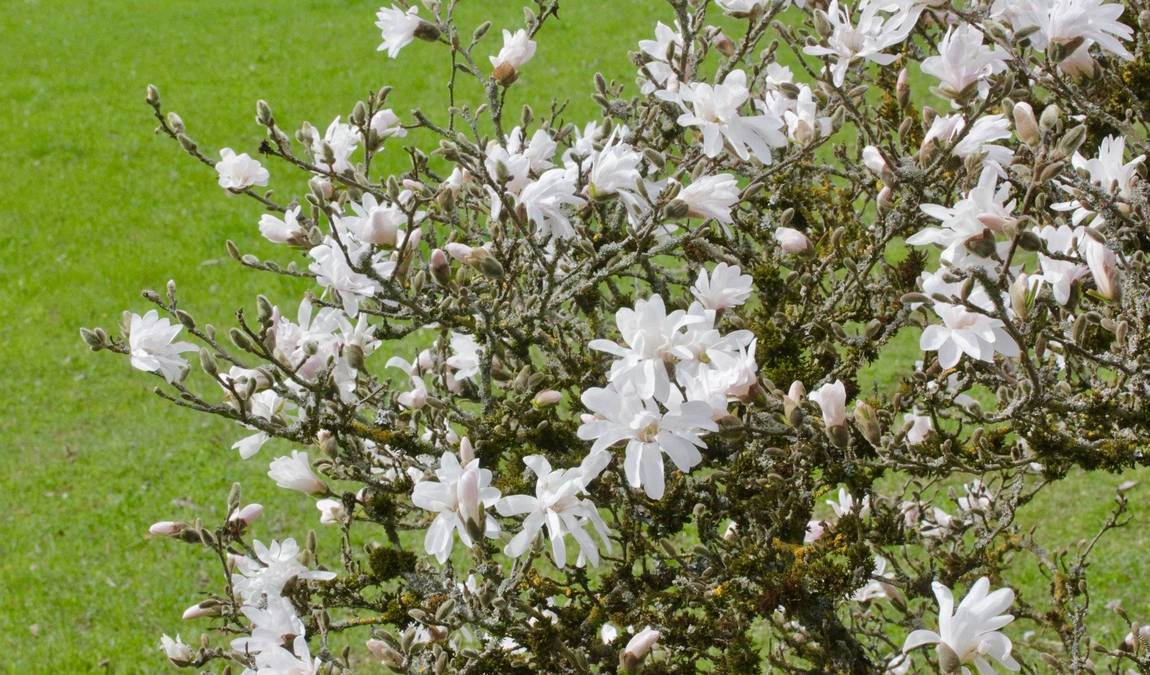 Photo: facebook.com/UniUlm
Photo: facebook.com/UniUlm
The garden features unique collections and rotating exhibits:
Notable Plant Species
The Botanical Garden of the University of Ulm showcases an impressive array of plant species that captivate visitors with their diversity and rarity. Among the garden's prized specimens are endangered plants from various corners of the globe, carefully nurtured to support conservation efforts and educate the public about biodiversity challenges. Alongside these rare flora, visitors can marvel at ancient plant lineages that have stood the test.
Living fossils like cycads and the iconic ginkgo offer a glimpse into Earth's distant past, having remained essentially unchanged for millions of years. Perhaps the most intriguing display is the garden's collection of carnivorous plants. These fascinating specimens, from the snap traps of Venus flytraps to the sticky sundews and pitcher plants, demonstrate nature's ingenuity in adapting to nutrient-poor environments.
This diverse assemblage of notable plant species not only enthralls visitors but also serves as a valuable resource for scientific study and education about plant evolution and adaptation.
Donaubad Water Park is 5 km away, where you can spend a wonderful time with the whole family.
Temporary Exhibitions and Events
- Seasonal flower shows (e.g., spring bulbs, autumn colors)
- Art installations inspired by nature
- Photography exhibitions showcasing plant diversity
Visitor Experience
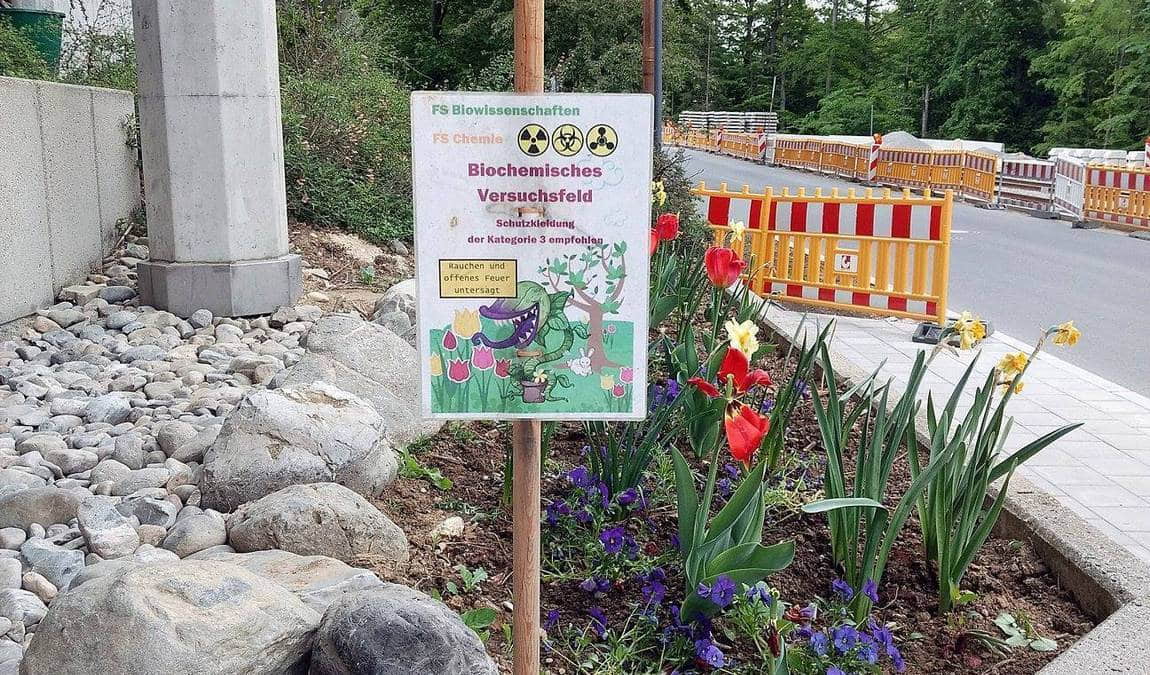 Photo: facebook.com/UniUlm
Photo: facebook.com/UniUlm
The Botanical Garden of the University of Ulm offers a rich and immersive experience for all who visit. As guests wander through the garden, they'll find well-maintained paths winding through diverse plant communities, inviting them to explore the varied landscapes and ecosystems. Censored benches and seating areas are scattered throughout, perfect for relaxation and quiet observation of the surrounding natural beauty. These spots also serve as ideal vantage points for photography enthusiasts looking to capture scenic views of the garden.
The garden provides numerous opportunities for those passionate about photography to hone their skills. Macro photography stations are set up strategically, allowing visitors to capture intricate details of plants up close. As the seasons change, so do the photo-worthy displays, with blooming flowers and foliage creating ever-changing backdrops for memorable shots. Wildlife enthusiasts will appreciate the designated observation areas where they can patiently wait to photograph the garden's fauna in their natural habitats.
Visitors are asked to follow simple guidelines to preserve the garden's delicate ecosystems and support ongoing research. Staying on designated paths helps protect the carefully curated plant collections, and refraining from picking or collecting plant material ensures the garden's integrity for future visitors and researchers.
Certain garden areas are designated as quiet zones, providing a peaceful atmosphere for visitors and protecting wildlife and sensitive research areas. By respecting these rules, guests play an active role in the conservation efforts of this remarkable botanical institution.
Best Time to Visit
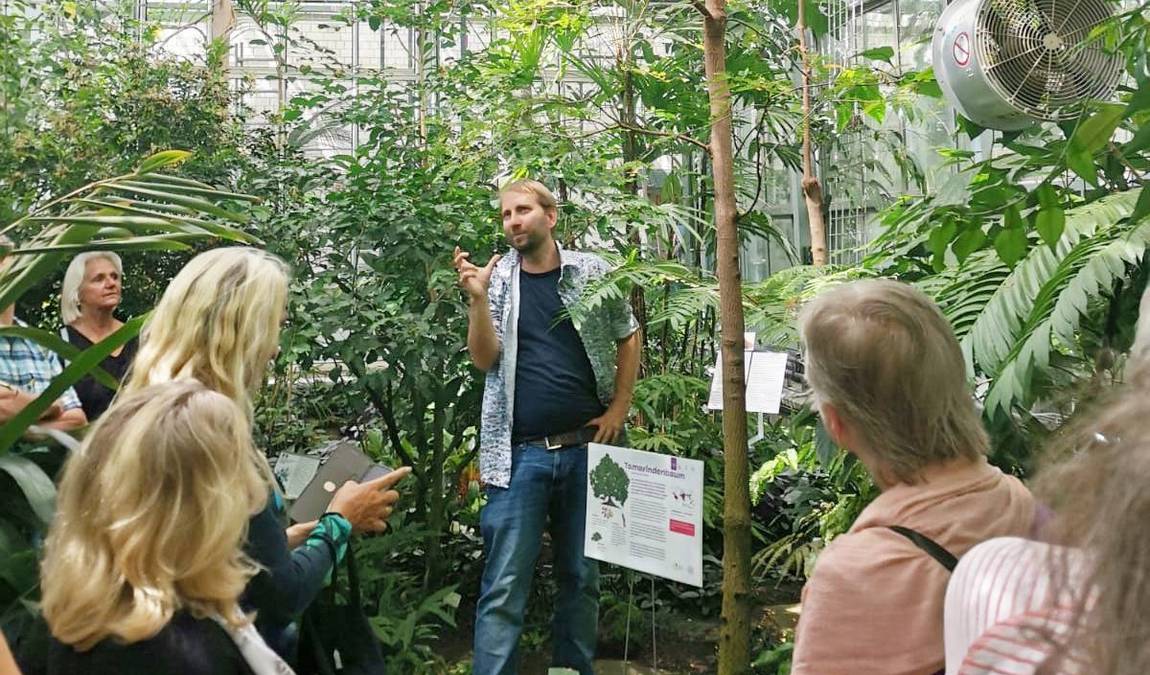 Photo: facebook.com/UniUlm
Photo: facebook.com/UniUlm
The best time to visit the Botanical Garden of the University of Ulm with children is during the spring and summer months (April to September) when the outdoor areas are in full bloom. Weekends offer special family programs, with Sunday afternoons being particularly lively. Early mornings or late afternoons provide cooler temperatures and fewer crowds, ideal for exploring with kids.
Recommended Duration: A typical visit lasts 2-3 hours, allowing time to explore outdoor areas and greenhouses.
Our Recap
The Botanical Garden of the University of Ulm offers a perfect blend of scientific exploration and family-friendly entertainment. Its diverse plant collections, interactive educational programs, and beautiful landscapes enrich visitors of all ages. Whether you're a botany enthusiast, a family seeking an academic outing, or someone looking to connect with nature, this garden promises a memorable and inspiring visit.


